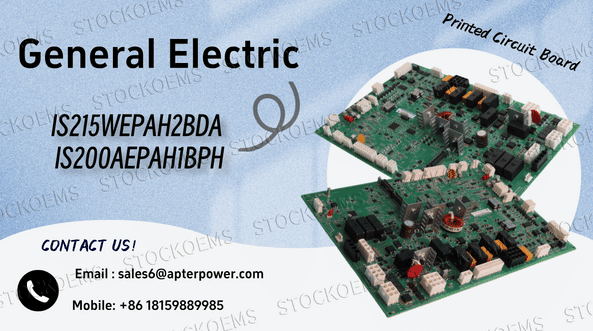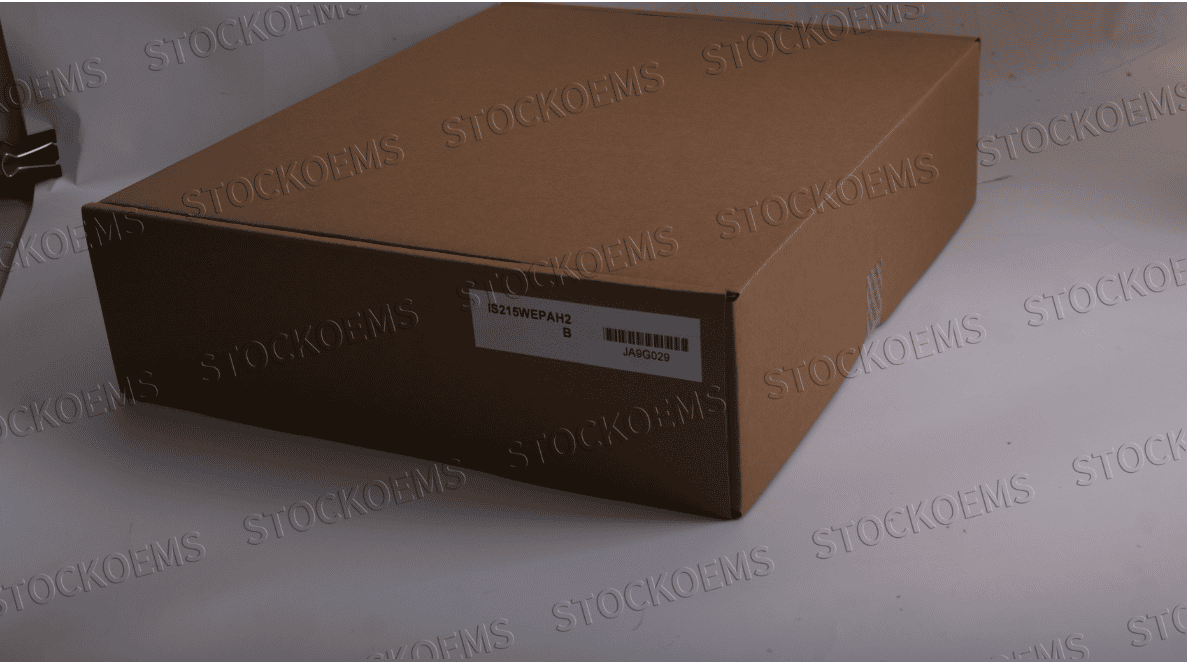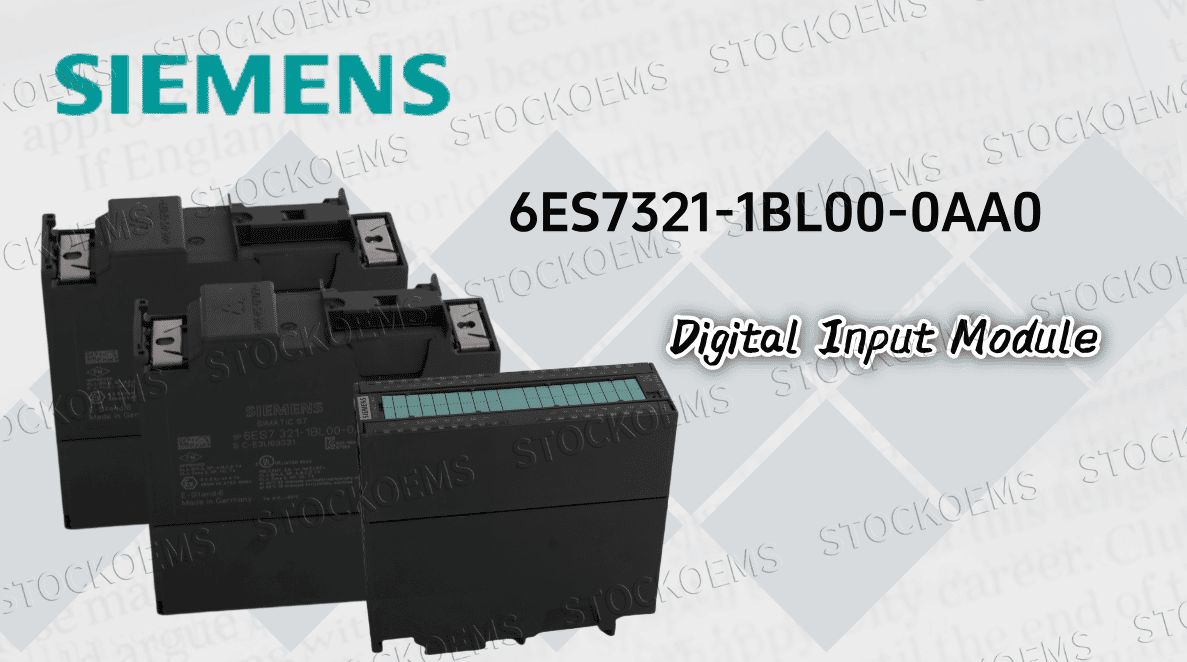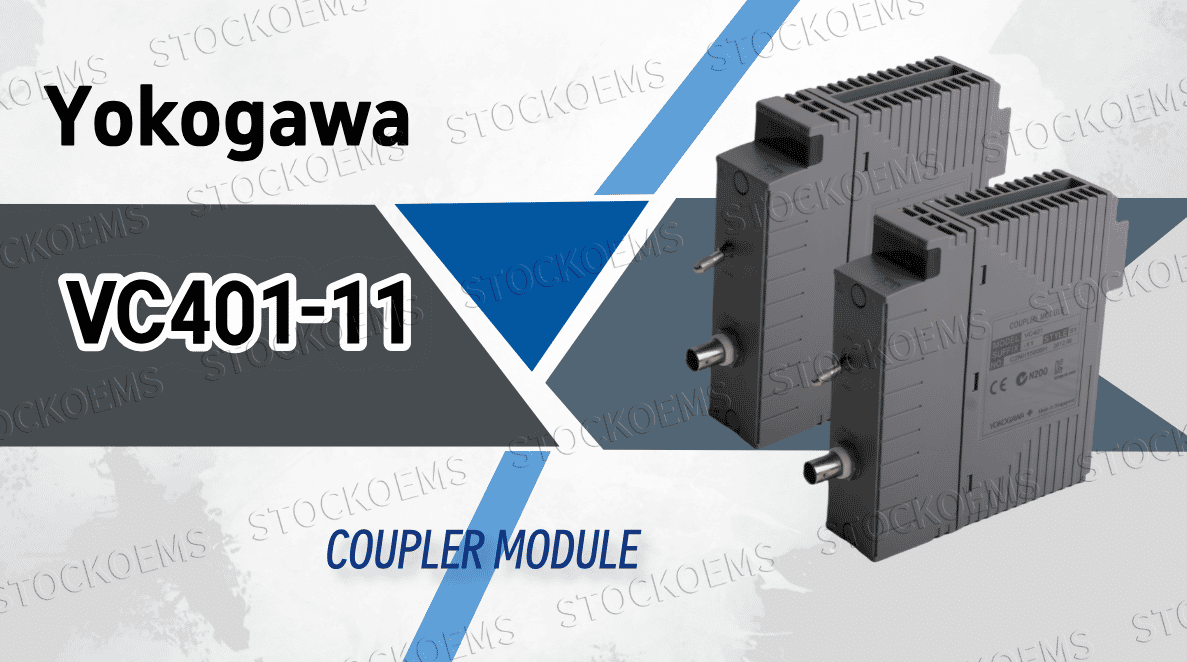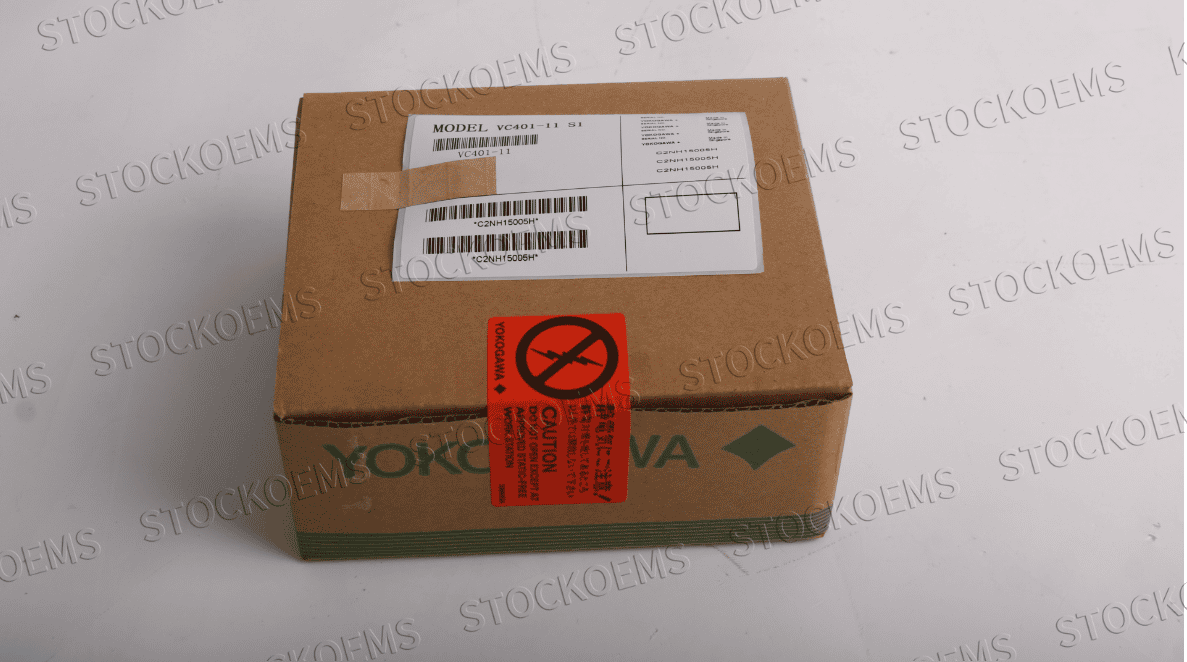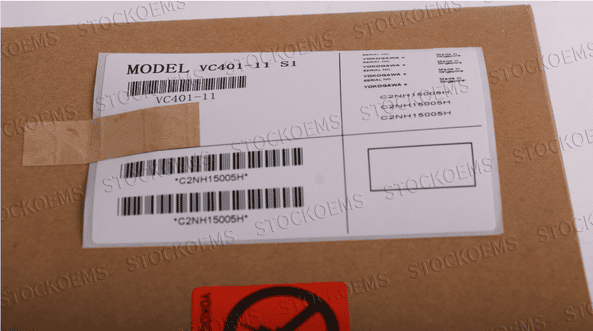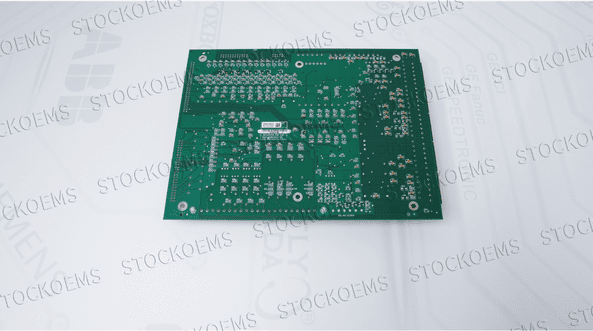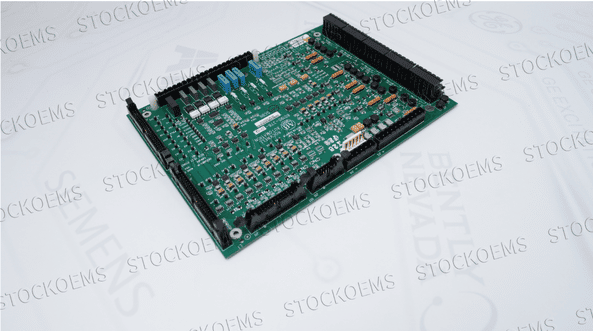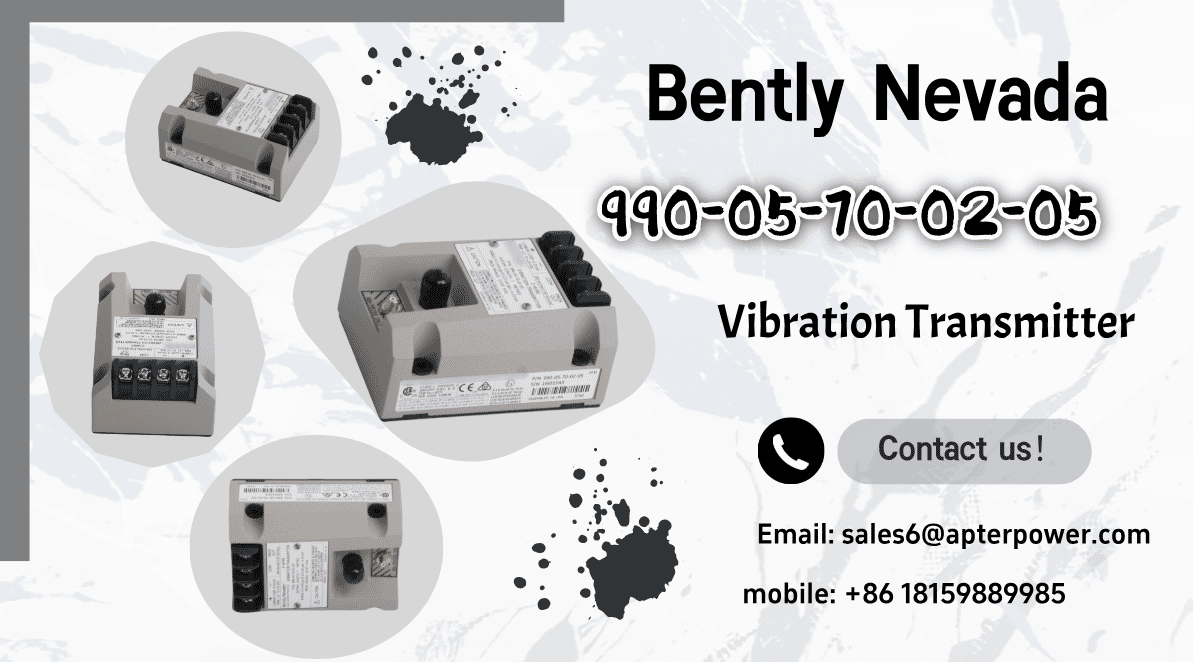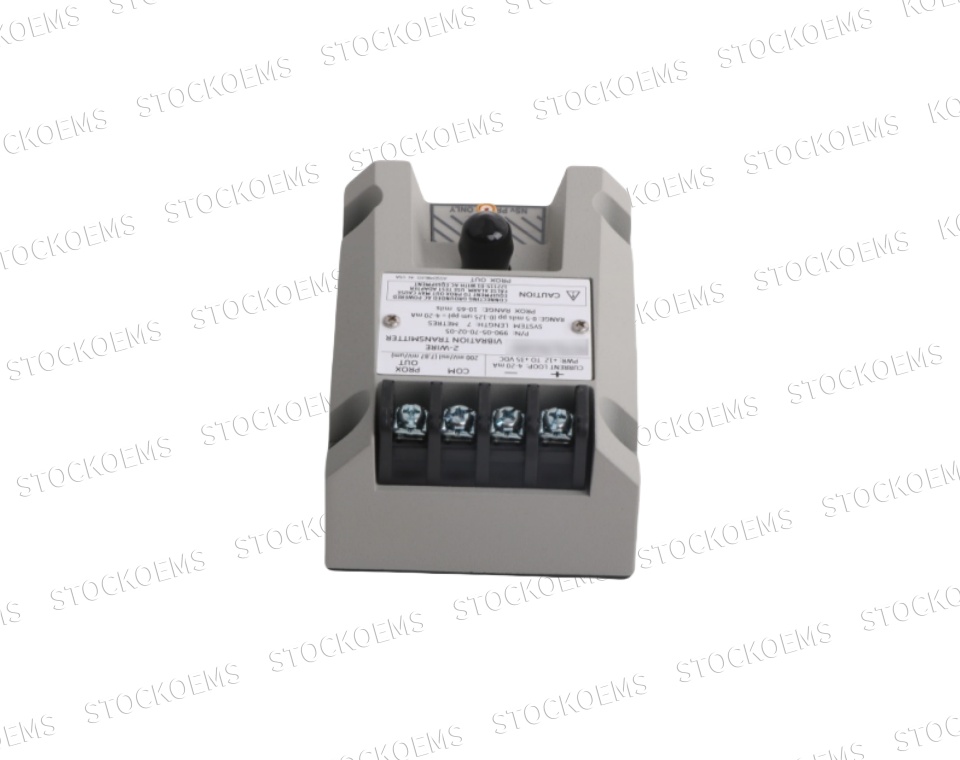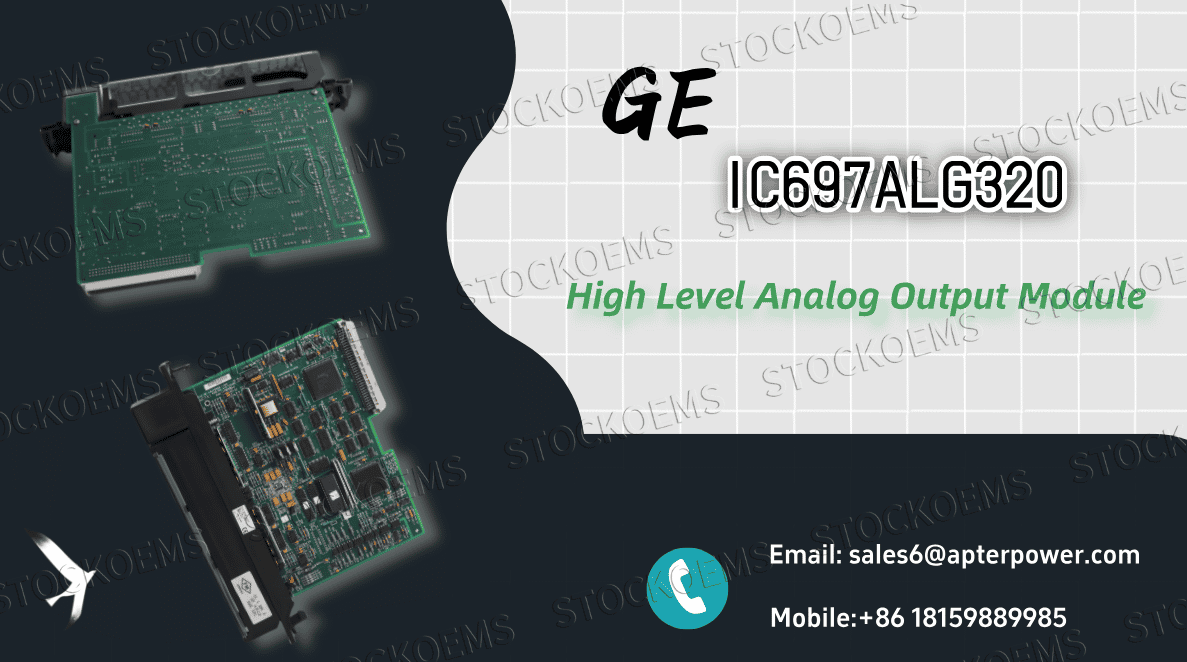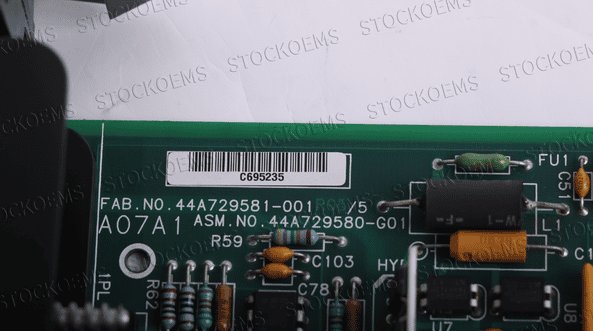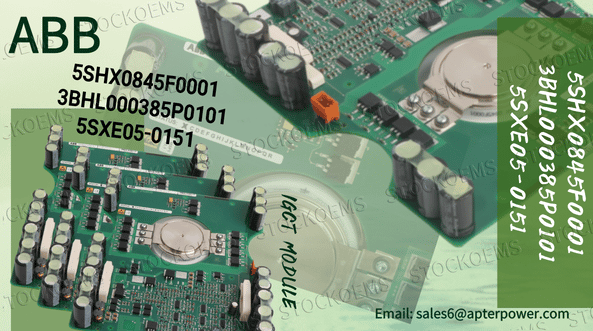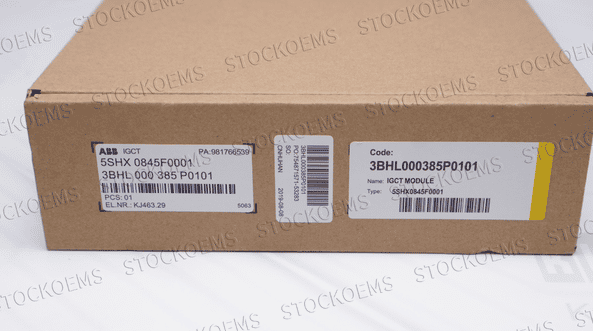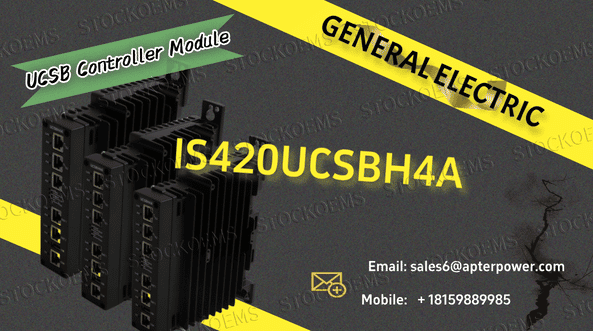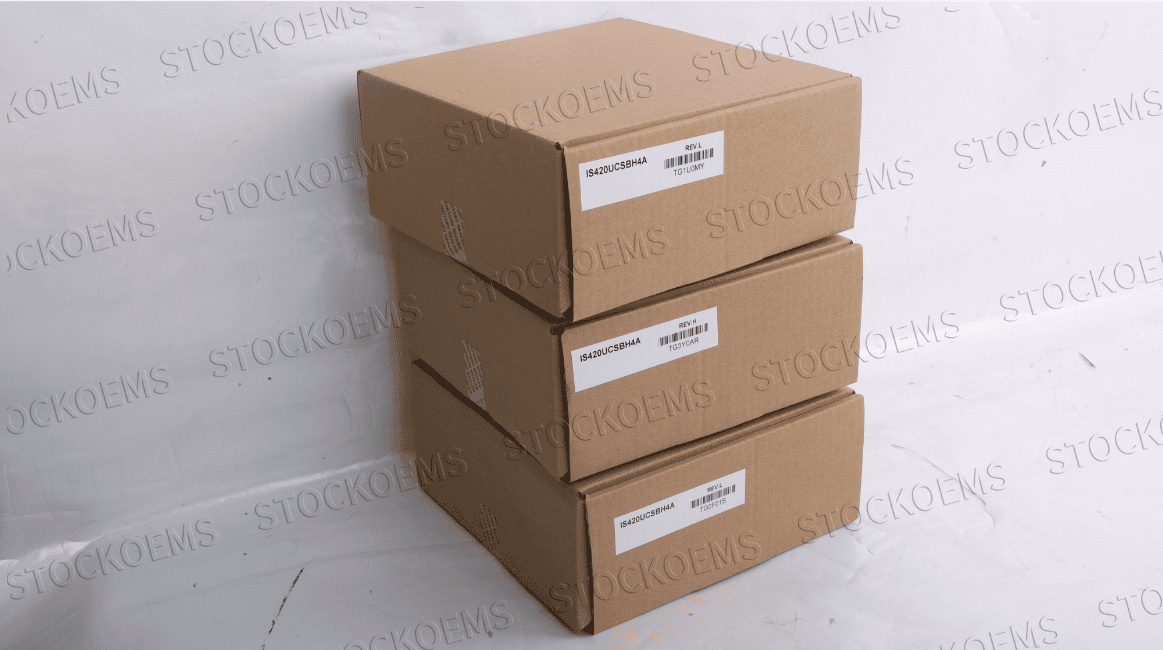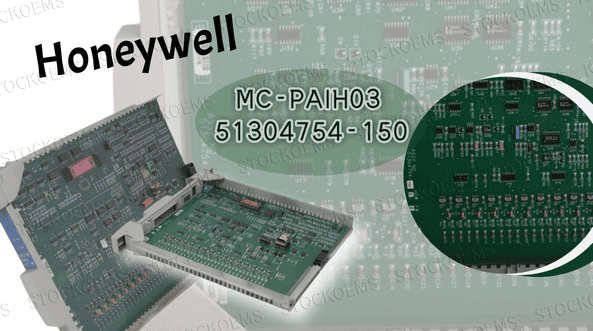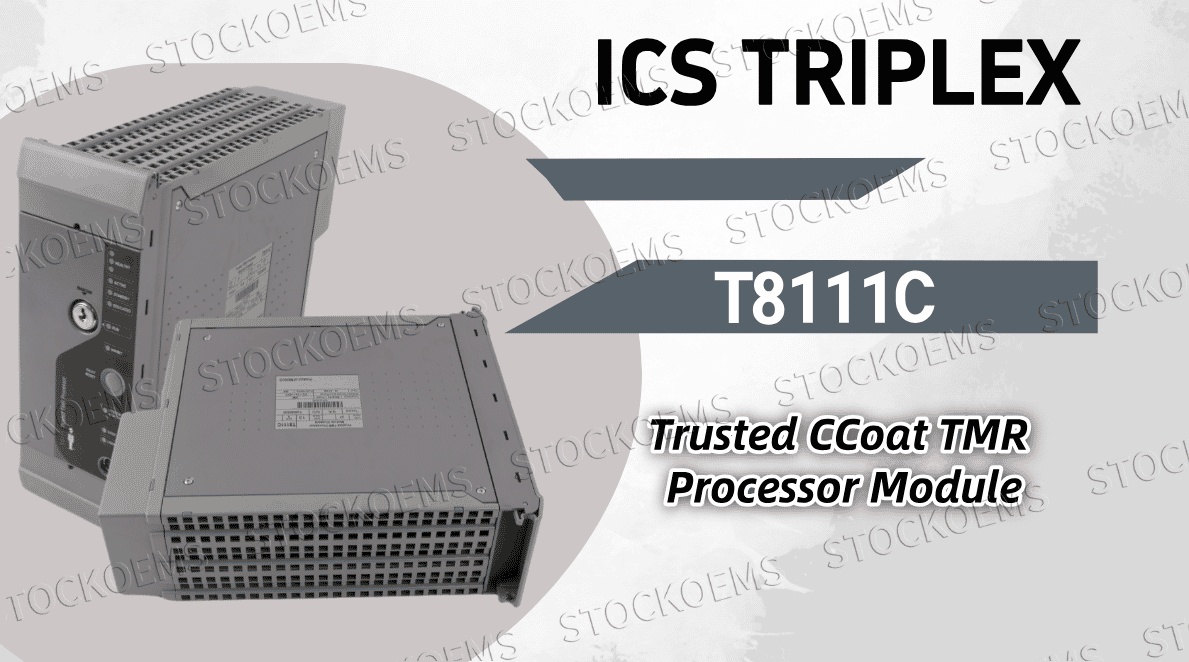
Redefining Reliability in Critical Industrial Applications
Industrial facilities worldwide are experiencing a paradigm shift in automation reliability thanks to the Trusted TMR Processor Module T8111C control module. Field engineers at major petrochemical plants report that this system has fundamentally changed their approach to process control. The T8111C's unique architecture addresses a longstanding industry pain point: maintaining continuous operations during equipment failures. Unlike traditional systems that might falter during component issues, this module's redundant design keeps processes running smoothly. Several case studies from North Sea oil platforms demonstrate how the T8111C input/output module maintained operations during extreme weather events that would have crippled conventional systems.
The Engineering Breakthroughs Powering the T8111C
The secret to the T8111C's performance lies in its triple-channel validation system, which industry experts compare to having three expert controllers constantly verifying each other's work. Maintenance teams appreciate how the system's diagnostic capabilities have reduced their troubleshooting time by nearly 40% in some installations. A recent implementation at a German automotive plant showed the module operating flawlessly despite electromagnetic interference that disrupted other control systems. The T8111C's rugged construction has proven particularly valuable in mining operations, where it continues to function despite constant vibration and dust exposure that typically shortens equipment lifespan.
Real-World Impact Across Diverse Industries
From pharmaceutical clean rooms to offshore wind farms, the T8111C Trusted CCoat TMR Processor Module is proving its versatility. Water treatment facilities in Singapore have used these modules to achieve 99.99% uptime in their purification systems. In the food processing sector, several major manufacturers have adopted the T8111C ICS Triplex to maintain precise temperature controls during pasteurization. The system's IoT connectivity has enabled innovative applications, like at a Texas oil refinery where it forms the core of their predictive maintenance program. Plant managers report the system has helped them avoid an average of three unplanned shutdowns per year, saving millions in lost production.
Paving the Way for Smarter Industrial Operations
As digital transformation sweeps through manufacturing, the ICS Triplex Rockwell Trusted TMR T8111C Processor is evolving to meet new challenges. Recent firmware updates have enhanced its machine learning capabilities, allowing it to identify potential issues before they occur. Energy companies are particularly excited about the module's new energy optimization features, which have helped some plants reduce their power consumption by up to 15%. With its proven reliability and growing capabilities, the T8111C is positioned to remain at the heart of industrial automation strategies for years to come. Industry analysts predict that its adoption will continue growing as more facilities recognize its potential to improve both safety and profitability.


If you want to know details,please contact me without hesitate.
